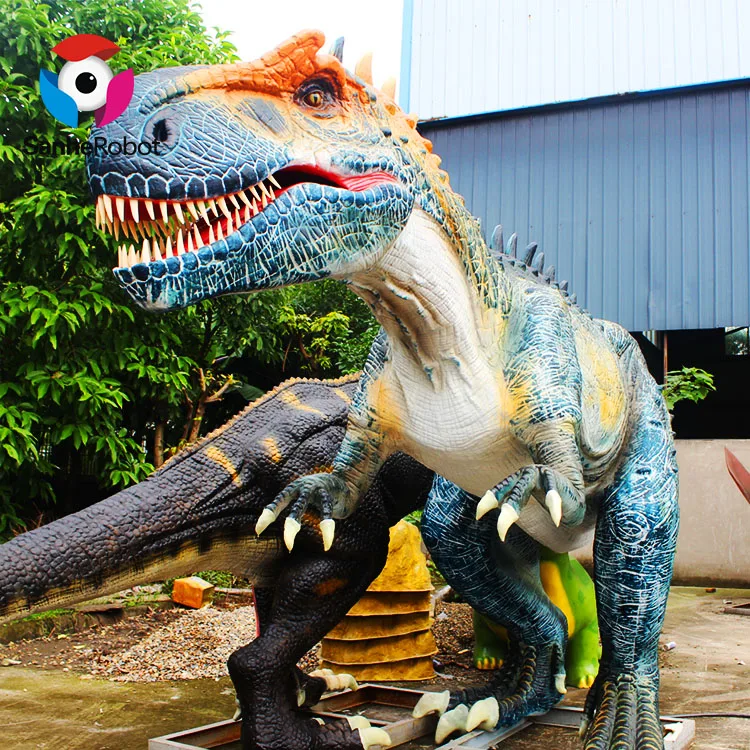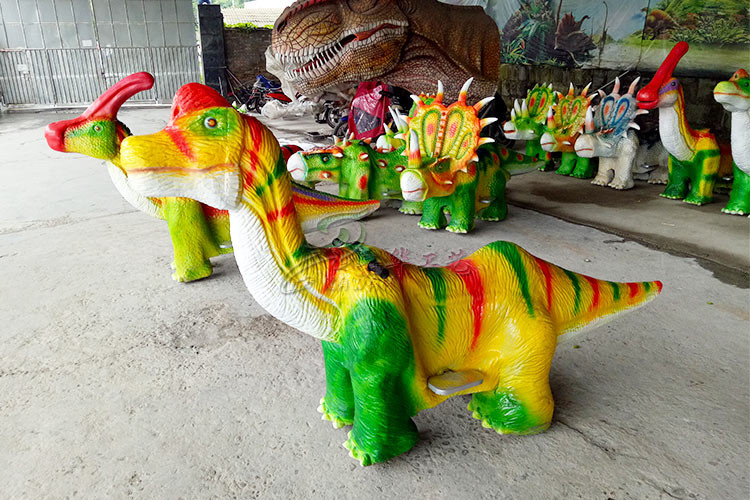
“There’s nothing mechanically that would stop you having an 80-ton dinosaur built like this.” He said it could have trudged across the landscape foraging vegetation on the ground or from the tops of trees. Their verdict: As far as the physics go, Argentinosaurus was a “perfectly competent dinosaur,” Sellers said. “This is science, not just animation,” Manning said. The modeling took into account factors such as body mass, muscle size, shape and bone structure.

Dino walk simulator software#
They then used computer-modeling software designed by Sellers to reconstruct how the giant animal probably moved along the ground. To tackle that challenge, the researchers in Manchester and Argentina began by using a laser scanner to create a detailed 3-D image of the dinosaur. “It is frustrating there was so little of the original dinosaur fossilized, making any reconstruction difficult,” Phil Manning, who collaborated on the project and heads Manchester’s paleontology research group, said in a statement detailing the research.

Scientists have been left to deduce the size and mobility of the dinosaur based largely on a handful of vertebrae, ribs and leg fossils. That uncertainly has persisted in part because so little of the Argentinosaurus has been recovered. Given its mass and size, there have long been questions about whether the dinosaur was as large as some experts suggested and how it physically could have moved such a titanic frame. It weighed more than 80 tons and was 100 feet long. The Argentinosaurus was the largest of the sauropods, dinosaurs with long necks and tails, relatively small heads and thick, stout legs.

“It’s really spectacular,” said Bill Sellers, a University of Manchester professor and lead researcher of the study published Wednesday in the journal PLOS ONE, which examines how and whether the enormous Argentinosaurus could have roamed the South American landscape more than 90 million years ago. Using laser scanning and sophisticated computer modeling, scientists in England and Argentina have simulated the likely lumbering gait of the largest known dinosaur, according to a new study.


 0 kommentar(er)
0 kommentar(er)
